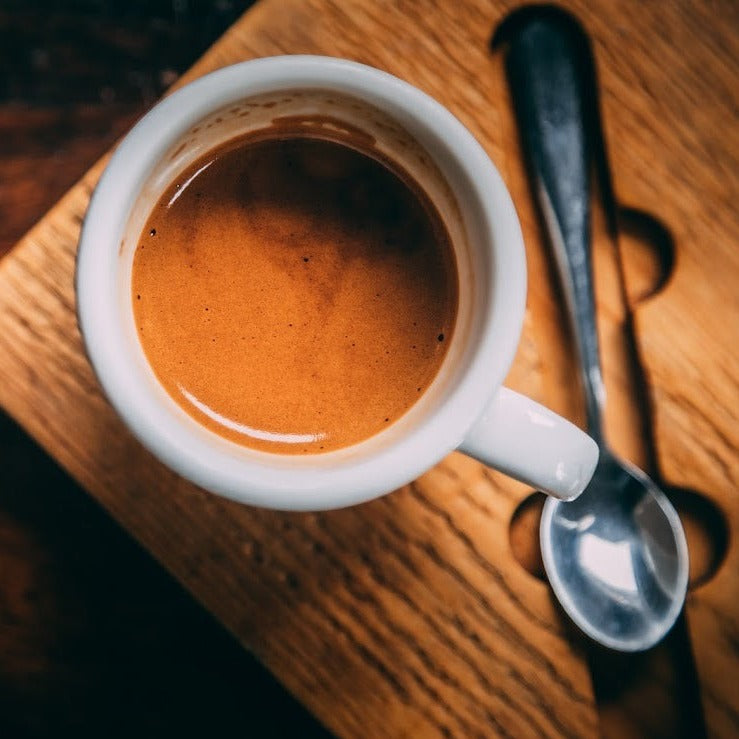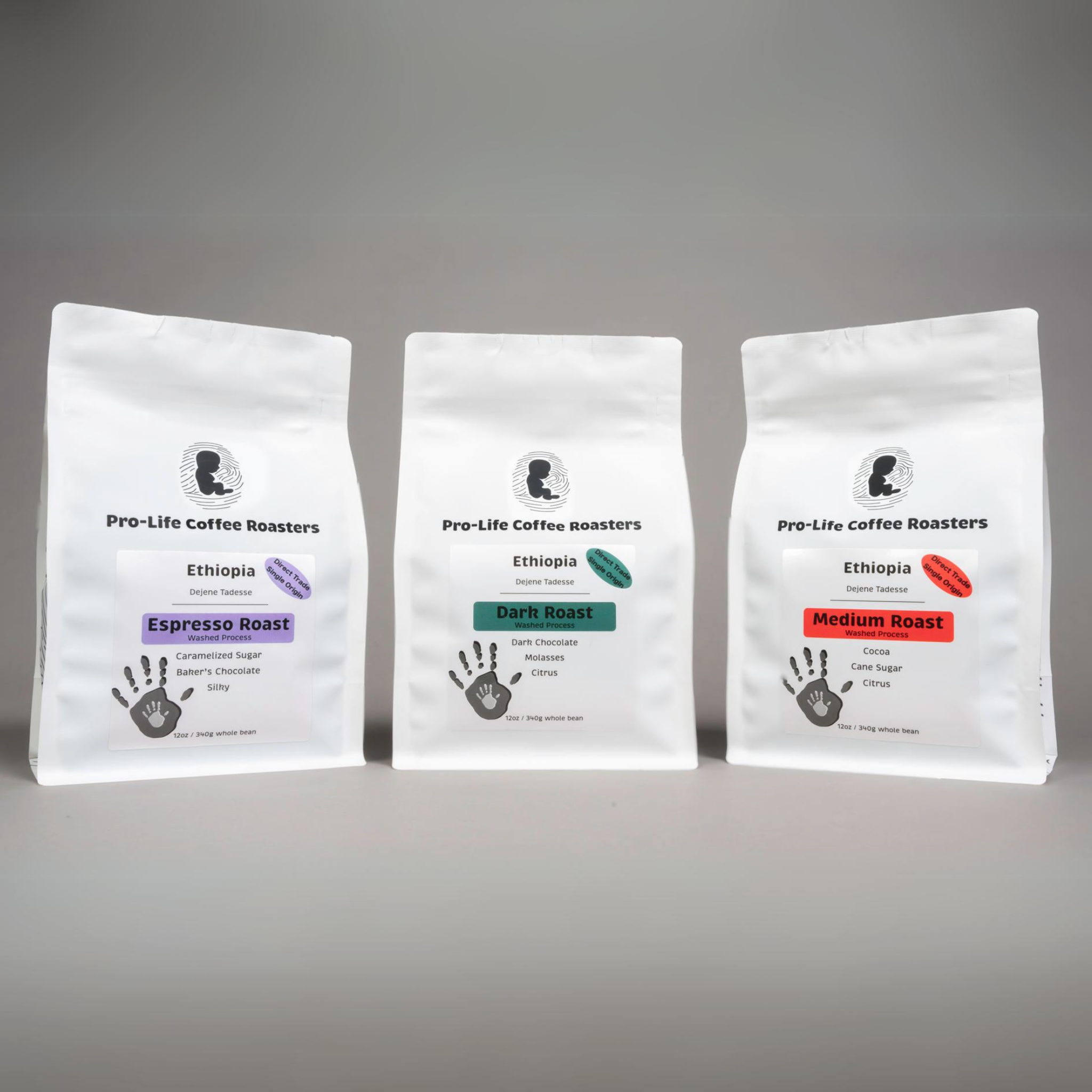What Makes SOE Single Origin Espresso Unique from Combination Beans
What Makes SOE Single Origin Espresso Unique from Combination Beans
Blog Article
Recognizing Coffee Beans: the Journey From Espresso to Blended Coffee Beans
The Beginnings of Coffee: A Worldwide Perspective
While you might believe of coffee as a modern-day staple, its beginnings map back centuries, intertwining with societies throughout the globe. The story begins in Ethiopia, where legend claims a goat herder named Kaldi uncovered the energizing effects of coffee beans after noticing his goats frolicking vigorously after eating them.
As profession courses broadened, coffee made its method to Europe in the 17th century, swiftly gaining popularity. Each culture added its unique twist to coffee prep work, enriching its background.
Cultivation and Harvesting of Coffee Beans
As coffee's journey developed, the emphasis changed to the growing and harvesting of specific bean selections, specifically those utilized for coffee. You'll discover that coffee beans typically originate from Arabica or Robusta plants, each offering distinct flavors. The optimal growing conditions include high elevations and abundant, well-drained soil, which improve the beans' quality.
During the harvest, picking methods differ. Timing is important; you want to collect when the cherries reach peak ripeness for optimum flavor.
Once collected, the beans are prepared for processing, which is crucial in determining their final preference. Understanding the growing and harvesting processes provides you insight right into what goes into your favored coffee, improving your appreciation for each cup.
Handling Approaches: From Cherry to Bean
Since you've learnt more about harvesting espresso beans, let's discover just how those cherries transform into the coffee beans you love. You'll see just how different harvesting strategies impact taste, complied with by the vital steps of fermentation and drying. We'll break down the milling and grading procedure that establishes your coffee's quality.
Harvesting Techniques Discussed
When it pertains to coffee, understanding harvesting strategies is important, since they directly affect the taste and top quality of the beans you delight in. There are 2 key methods: careful selecting and strip picking. Careful selecting involves hand-picking only ripe cherries, guaranteeing you obtain the finest quality beans. This method usually leads to a richer taste account, though it's even more labor-intensive. On the various other hand, strip selecting means gathering all cherries at the same time, no matter perfection. While it's quicker and less costly, this can result in a mix of flavors, affecting the end product. Ultimately, the choice of harvesting technique can considerably affect your coffee experience, so it deserves recognizing how those beans made it to your cup.
Fermentation and Drying Out
After gathering, the next actions in handling coffee beans play a considerable role fit their flavor. You'll find that fermentation is vital, as it assists damage down the mucilage bordering the beans, boosting their preference account. Relying on the approach, this process can last from a few hours to several days, with varying results based upon temperature level and moisture.
Once fermentation is full, drying follows, which is similarly essential. You can pick from sun-drying or mechanical drying out techniques. Sun-drying allows the beans to soak up flavors from the setting, while mechanical drying guarantees constant moisture levels regardless of weather. Appropriate drying out is important to stop mold and mildew and protect the beans' high quality, ultimately affecting your cup of coffee.
Milling and Grading Process
As fermentation and drying set the phase for flavor development, the milling and grading process warranties that only the very best coffee beans make it to your mug. This stage includes removing the external layers of the coffee cherry, including the parchment and husk. After milling, the beans are arranged by size and weight, ensuring a consistent quality. You'll locate that grading assists determine issues and classify beans, which influences taste and aroma. High-grade beans receive a greater quality, causing a richer coffee experience. Once graded, the beans await packaging and shipping, protecting their one-of-a-kind qualities. This meticulous process is crucial for supplying the exceptional taste you enjoy in every sip of your favorite brew.
Roasting Techniques: Unlocking Flavor Potential
When you roast coffee beans, the method you choose can considerably affect the flavor profile. Understanding the partnership in between time, temperature level, and roasting methods is essential to revealing the potential of your mixture. Allow's discover just how these components come with each other to develop the excellent cup.
Roasting Methods Described
While you might assume that all coffee toasting methods generate the exact same results, the fact is that each strategy discloses distinct flavor potentials in the beans. Drum toasting utilizes a turning drum to evenly disperse warmth, enhancing caramelization and generating a balanced flavor. Air roasting, on the various other hand, distributes warm air around the beans, promoting a lighter roast with obvious level of acidity.

Effect on Taste Account
Different toasting methods not only affect the procedure but additionally considerably influence the flavor account of the coffee beans. Dark roasts, on the other hand, bring out vibrant, smoky flavors, in some cases masking the bean's special attributes. Understanding these subtleties aids you value the creativity behind your cup of coffee, enhancing your overall experience with every sip.
Time and Temperature Elements
To Find Out More release the full taste possibility of coffee beans, both time and temperature level throughout the toasting procedure play considerable roles. When toasting, you'll Learn More Here discover that higher temperatures can promptly create tastes, however if you rush it, you could finish up with burned notes. On the other hand, reduced temperatures enable for a much more gradual flavor growth, showcasing the beans' one-of-a-kind attributes.

Timing is equally as vital; expanding the roast as well long can lead to a loss of acidity and illumination, while as well short a roast might leave the beans underdeveloped. Locating that sweet place calls for technique and experimentation. By readjusting these variables, you can reveal the rich, complicated flavors concealed within each bean, developing a genuinely amazing coffee experience.
The Art of Blending: Crafting Special Coffee Profiles

Start by selecting a base coffee that provides a solid foundation. An intense Ethiopian bean can bring fruitiness, while an abundant Brazilian coffee includes body.
As you mix, remember that each combination informs a tale. You're not simply making coffee; you're producing an experience. So, take your time, preference often, and delight in the journey of finding your signature blend.
Brewing Approaches: Just How Prep Work Influences Flavor
Blending coffee opens a domain name of flavor possibilities, however just how you make that mix can significantly affect your final cup. Various brewing techniques remove one-of-a-kind tastes and scents, so it's essential to pick carefully. For circumstances, a French press allows debris and oils to continue to be, creating a rich, robust experience. On the various other hand, a pour-over highlights the coffee's clarity and brightness, best for showcasing fragile notes.
Coffee, with its high pressure, produces a concentrated shot that accentuates sweet taste and crema. If you choose a lighter mixture, think about a cold mixture method; it produces a smooth, much less acidic preference.
Readjusting variables like water temperature, grind dimension, and brew time can transform your coffee's account. Embrace the art of developing to find the flavors concealed in your coffee blends.
The Future of Coffee: Sustainability and Technology
As the coffee sector progresses, sustainability and development are becoming crucial for attending to environmental difficulties and conference customer demands. You'll see that more coffee business are adopting go to these guys eco-friendly practices, from sourcing beans morally to carrying out sustainable farming strategies. These changes not just aid the world however likewise enhance the quality of the coffee you take pleasure in.
You may see advancements like biodegradable product packaging and water-saving developing methods that minimize waste. Advanced technology, such as blockchain, is likewise coming to be popular, making sure openness in the supply chain, which allows you to map your coffee back to its beginnings.
Additionally, buying local communities and sustaining farmers through fair profession initiatives cultivates a much more lasting coffee community. As you drink your following cup, keep in mind that your selections can add to a brighter future for coffee. By choosing lasting brands, you're not just delighting in a beverage; you're making a favorable influence on the globe.
Often Asked Inquiries
What Is the Distinction In Between Arabica and Robusta Beans?
Arabica beans are smoother, sweeter, and have a greater acidity, while robusta beans are stronger, more bitter, and contain even more high levels of caffeine. When making your coffee., you'll discover these differences in taste and aroma.
Just How Does Altitude Affect Coffee Bean Flavor?
Altitude influences coffee bean taste substantially. Greater elevations generate beans with brighter level of acidity and complex flavors, while lower elevations frequently generate beans that are larger and much less nuanced. You'll notice these distinctions in your cup!
What Are the Health And Wellness Benefits of Alcohol Consumption Coffee?
Consuming alcohol coffee can improve your power, enhance psychological focus, and even boost physical performance. It's rich in anti-oxidants, may decrease the risk of specific conditions, and can promote a much healthier metabolism when consumed in small amounts.
Can Coffee Beans Be Reused for Brewing?
Yes, you can recycle coffee beans for brewing, however the taste may be weak. If you delight in trying out, try recycling them in different ways, like cold brews or adding to smoothies for an extra kick.
Just how Should I Shop Coffee Beans for Quality?
To keep your coffee beans fresh, save them in a closed container in a great, dark location. Avoid revealing them to light, dampness, or heat, as these elements can swiftly weaken their flavor and aroma.
Understanding Coffee Beans: the Journey From Espresso to Blended Coffee Beans.
Now that you've discovered regarding collecting coffee beans, allow's discover just how those cherries change right into the coffee beans you enjoy.When you roast coffee beans, the approach you pick can drastically affect the flavor profile - Single Origin Espresso.While you might think that all coffee roasting methods generate the very same outcomes, the reality is that each method exposes distinct flavor potentials in the beans.Various toasting approaches not only influence the process yet additionally substantially influence the taste profile of the coffee beans
Report this page